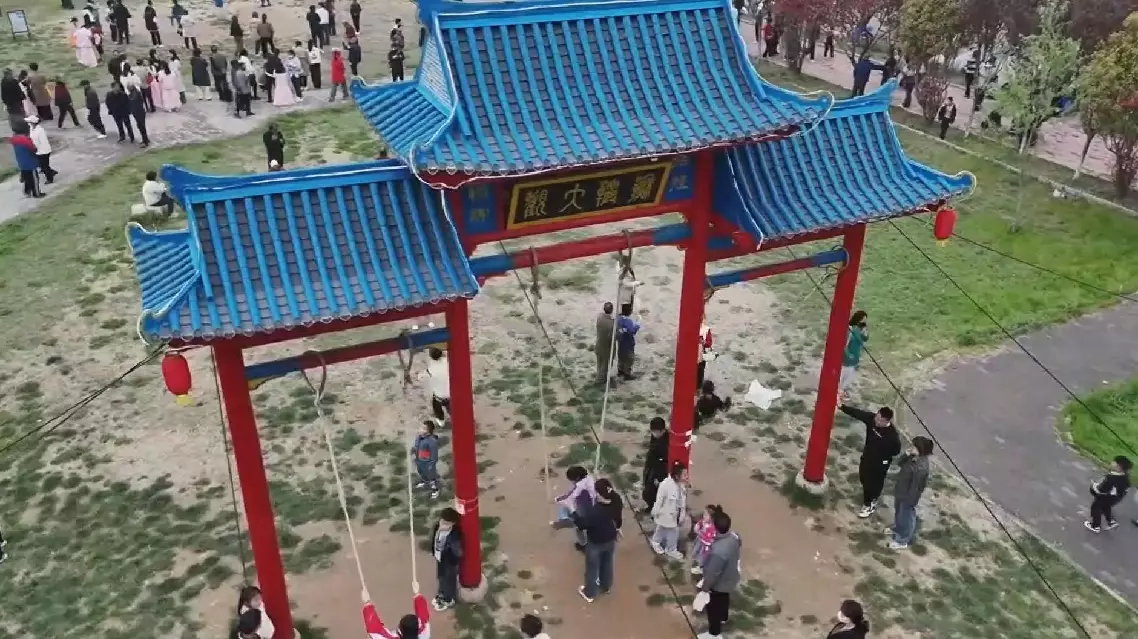China has made huge progress in the construction of national parks over the past three years, notably with the growing populations of key wildlife species.
Saturday marks the third anniversary since the establishment of the first batch of national parks in China.
Spanning a protected land area of 230,000 square km, these parks, namely Sanjiangyuan National Park, the Giant Panda National Park, the Northeast China Tiger and Leopard National Park, Hainan Tropical Rainforest National Park and Wuyishan National Park, are home to nearly 30 percent of the country's key terrestrial wildlife species.
At the Giant Panda National Park, which spans three provinces of Gansu, Shaanxi and Sichuan, the population of giant pandas in the wild has risen to around 1,900 with the implementation of a series of protective measures. Additionally, over 8,000 species of plants and animals, including golden monkey, snow leopard, yew, are also well-protected within the national park.
Situated in northeast China's Jilin and Heilongjiang provinces, the Northeast China Tiger and Leopard National Park spans over 14,000 square km.
The latest monitoring data shows that the number of Siberian tiger and Amur leopards in the park has increased from 27 and 42 at beginning of trial operations in 2017, to around 70 and 80, respectively.
The park has also traced eight tiger families and ten leopard families inside the park, and is seeing a clear upward trend in cubs survival rate.
"A mother tiger with three cubs has an energy requirement nearly twice that of an adult male tiger. Only when prey is abundant can female tigers and leopards reproduce successfully. It is precisely because of the stable breeding of these tiger and leopard families that their populations continue to grow rapidly," said Kong Weiyao, a researcher of the Scientific Research and Monitoring Office of Northeast China Tiger and Leopard National Park.
The population of Tibetan antelopes and snow leopards at Sanjiangyuan National Park has risen to more than 70,000 and 1,200, respectively. Meanwhile, the population of Hainan gibbons, a rare primate that lives in Hainan Tropical Rainforest National Park, had risen to 42 from less than ten in four decades.
Over the past three years, the diversity, stability, and sustainability of China's ecosystems have steadily improved. At Sanjiangyuan National Park, the source areas of Yangtze, Yellow and Lancang rivers are well-preserved with the improvement in general ecology and environment quality.
The past three years also saw the construction of a batch of livelihood projects including ecological relocation and the building of model villages. Nearly 50,000 residents have been employed as ecological conservators to help the construction and operation of national parks.
"A number of major livelihood projects have been implemented alongside with the construction of the national parks, so people's income is increasing and people's sense of gain and happiness has been enhanced," said Zhang Limin, Director of the Nature Reserve Management Department of National Forestry and Grassland Administration.

China's national parks see growing population of key wildlife species


















































